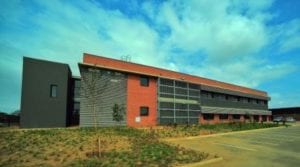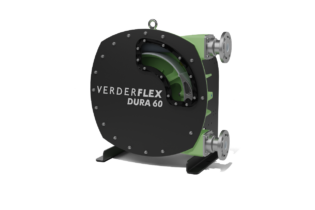The construction of the new eThekwini Water and Sanitation (EWS) Depot in Prospecton is the outcome of a municipal decision taken in 2010 to centralise facilities to better service the expanding Southern region.
The six buildings, comprising a total of 4 250 square metres of accommodation, were constructed on the 32 000 square meter site in Prospecton. To complement the rich red of Corobrik’s Firelight Satin Face Bricks, and in contrast to the asphalt sections, Burgundy pavers were used for the walkways and pedestrian crossings. Corobrik sales’ manager, Pat Moon, said that with durability a key consideration the timeless qualities of un-rendered face brick and paver finishes used would contribute to the cutting of future maintenance costs at the depot. “Besides the savings on maintenance, the thermal properties of the clay brick wall construction would support thermal comfort conditions and help mitigate heating and cooling of the buildings,” explained Moon. Clay bricks have shown up as an attractive finish in the context of the architecture and the non-toxic mineral properties recognised for meeting all the necessary requirements for healthy living will also help define an environmentally friendly indoor work environment at the depot.“There is high demand for sustainable building materials and for materials able support lower future carbon debt. It is in this area that our clay bricks can be expected to make a positive contribution.”








